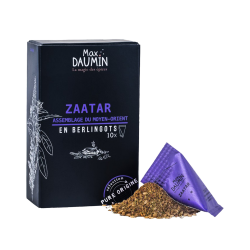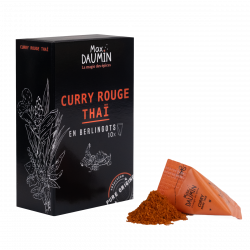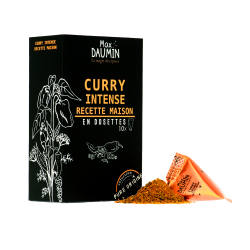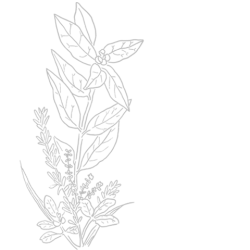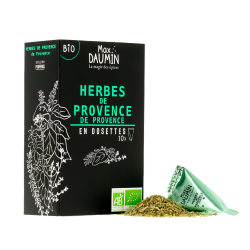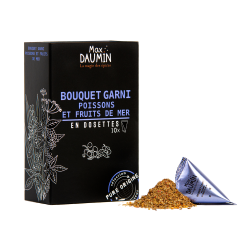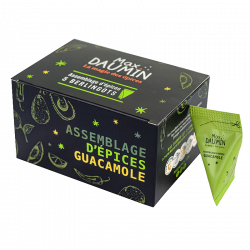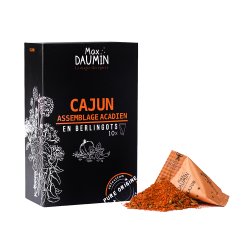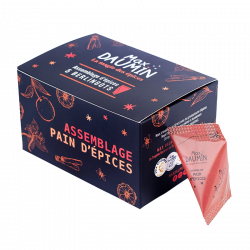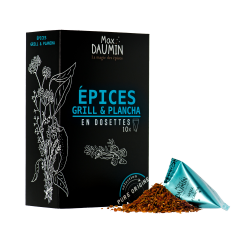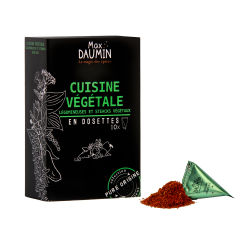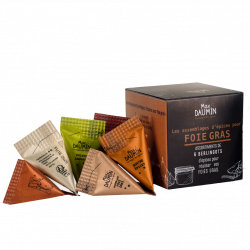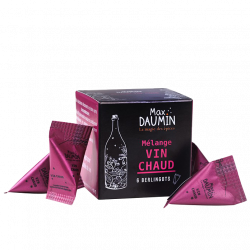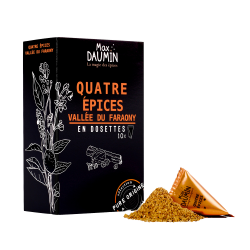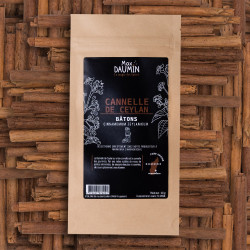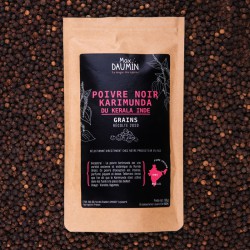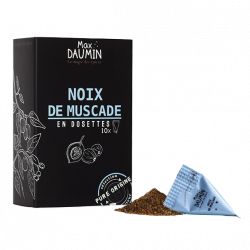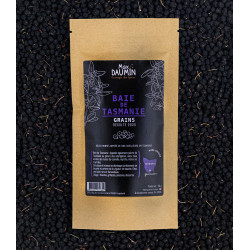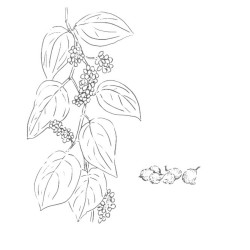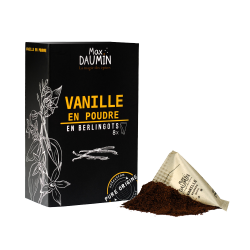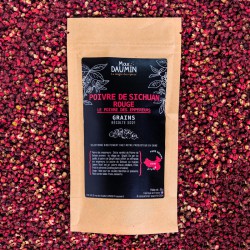- Rupture de stock
Ras El Hanout Traditional Recipe
Our Ras el Hanout is a trip all by itself. At the first bite: its flavor opens up to an enchanting, dreamy Orient, soft and sweetened by Ceylon cinnamon; slightly raised by its five peppers, the warm fragrances of an ancestral combination Turmeric, Ginger, Cumin, Nutmeg, Coriander. In the end, a floral complexity comes to the sense of smell and taste: it is the addition of cardamom, Rose Centifolia, Galangal and Iris root with violet scents.
Our Ras el Hanout reconnects with traditional recipes, 24 spices make it up.
-
Net weight : 18g
-
Usage : Couscous, Tajines, Vegetables, Stews
-
Récompense : Epicure d'Argent 2020
-
Composition : Turmeric, Ginger, Ceylon Cinnamon, Cardamom, Paprika, Green Anise, White Pepper, Black Pepper, Jamaican Pepper, Cubeb Pepper, Cumin, Galangal, Maniguette, Clove, Samare, Nigella, Fennel, Rose, Coriander, Iris, Nutmeg , Mace, Oregano, Fenugreek
-
Dimensions :
-
Recyclable box and berlingots : Sorting paper / cardboard


History
Plant & perfume
Ras el Hanout is one of the most complex spice blends you can find. Traditional Ras el Hanout recipes vary between 24 and 27 spices, you can find some that contain 40!
Ras el Hanout literally means "Head of the Grocery", meaning the best in the shop. This mixture of spices remains very present in the Maghreb countries, especially in Morocco. It is sometimes called "Maghreb Curry". It nevertheless remains very different from a Curry, its floral and citrus notes brought by all the spices not present in a curry distinguish it very clearly.
Historically Ras el Hanout contains two particular ingredients: Belladonna and Cantharid Fly. Belladonna is a plant that turns out to be toxic depending on the dosage and the Cantharid fly secretes Cantharidin which turns out to be a poison in high doses and also an aphrodisiac. It is said that Félix Faure would have abused it. This would have caused his so popular death.
We preferred not to include these two ingredients in our composition.
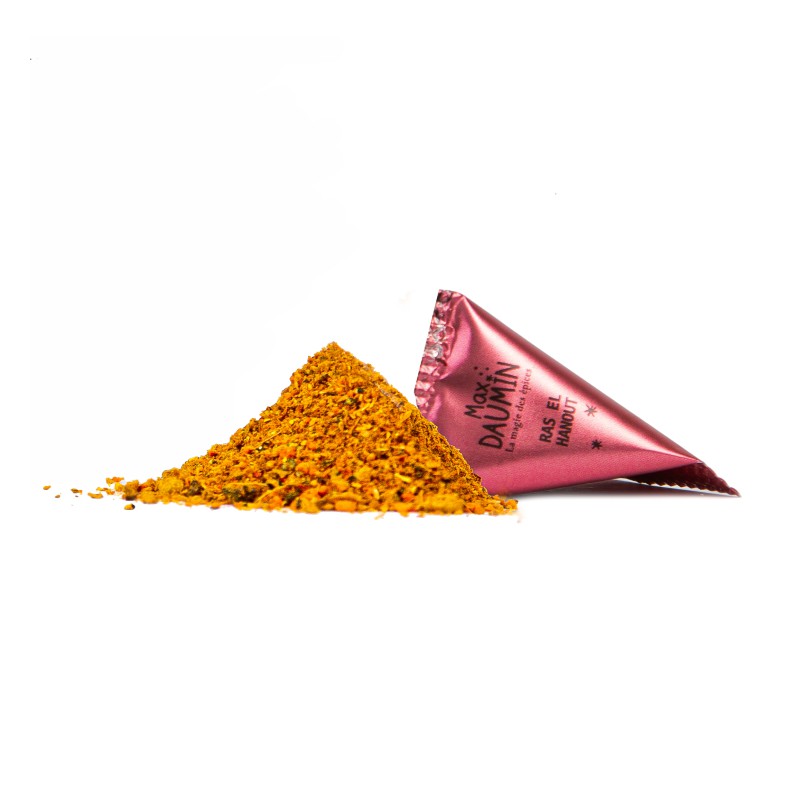

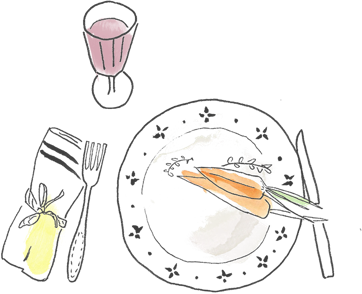
Benefits
Cooking and Virtue
It goes without saying that Ras el Hanout will be used in your couscous and tajines. But its aromatic complexity, its fragrant flavors will enhance your vegetables, dishes in sauce, vegetables such as eggplant, carrot, zucchini or turnip.
It is also used in the composition of certain desserts such as Feqqas from Morocco. Surprisingly but very good, it can be incorporated into your coffee. It will perfume it completely.

Origins
A long journey
The origin of the Ras el Hanout mixture seems unknown but we find its uses in the Middle Ages mainly in Morocco. It was a reflection of the fine Moroccan gastronomy found in royal cities.
Our Ras el Hanout comes to us from more than 15 producers who have provided us with all the spices that make it up. It's a journey around the world of spices!


16 other products in the same category:

Customers who bought this product also bought:











